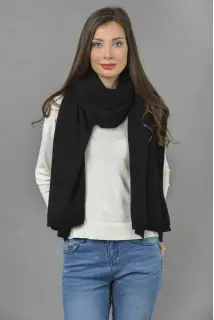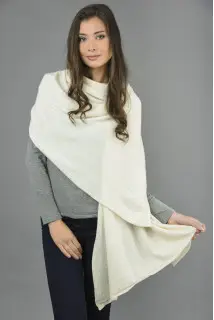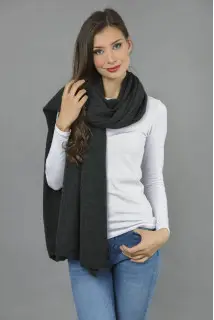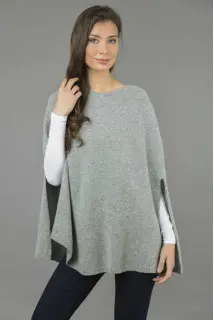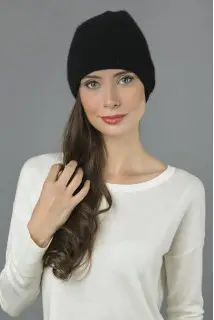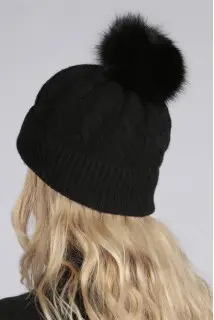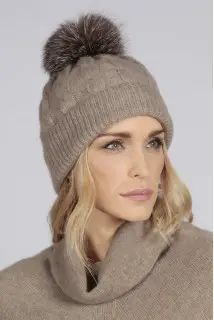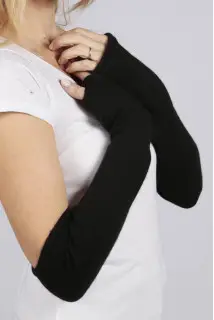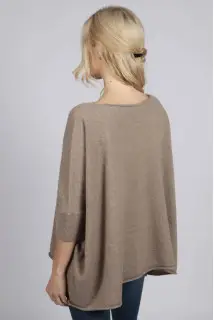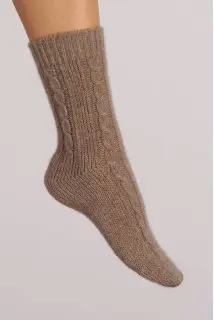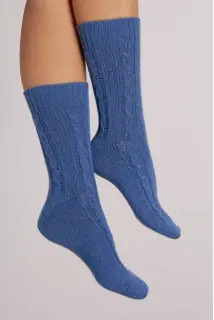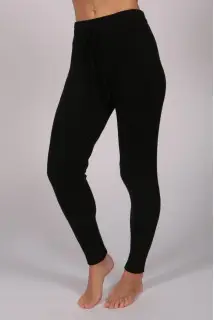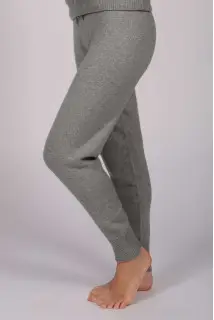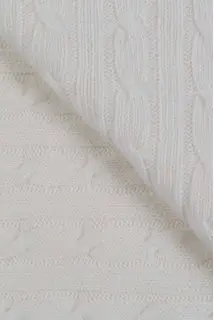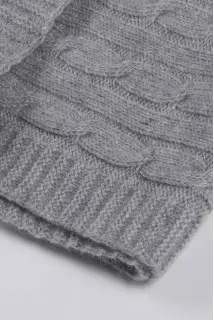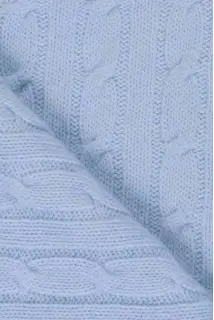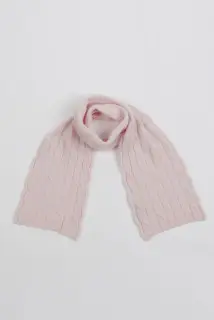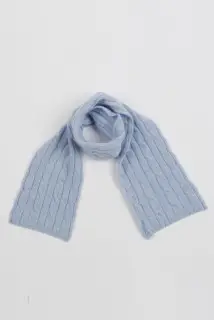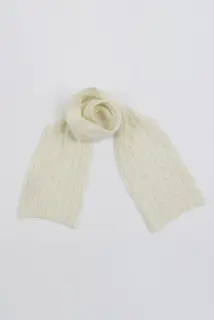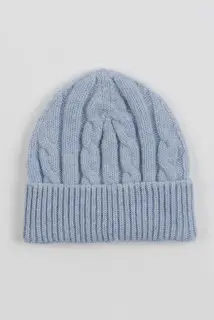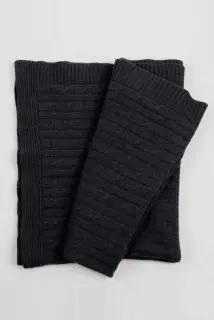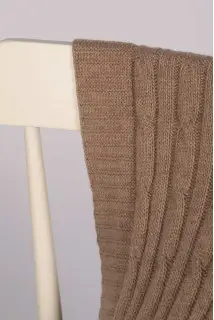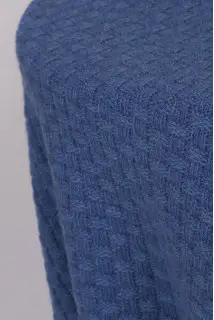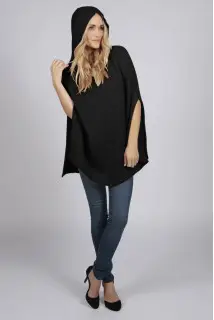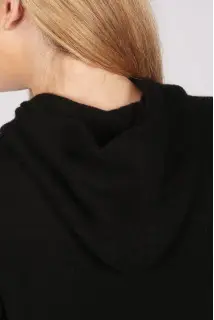Cashmere is a very specific product. It is harvested from the undercoat of goats, and the quality of it depends a lot on the climate in which the goats live, and the quality of their diets.
Mongolia, for example, is an excellent producer of cashmere, as the annual temperatures vary wildly and there is often a scarcity of food for the goats – which actually improved the fibre quality for garments. In the winter, when temperatures drop, the goats develop a thick undercoat of fine hair, and then when the weather warms up, the hair can be harvested. A single goat might only produce 50-80g of cashmere in a year though, so it can take from two to five goats to make a single jumper’s worth of cashmere in a one-year period. Only 6500 metric tons of pure cashmere is produced each year, compared to two million metric tons of sheep’s wool.
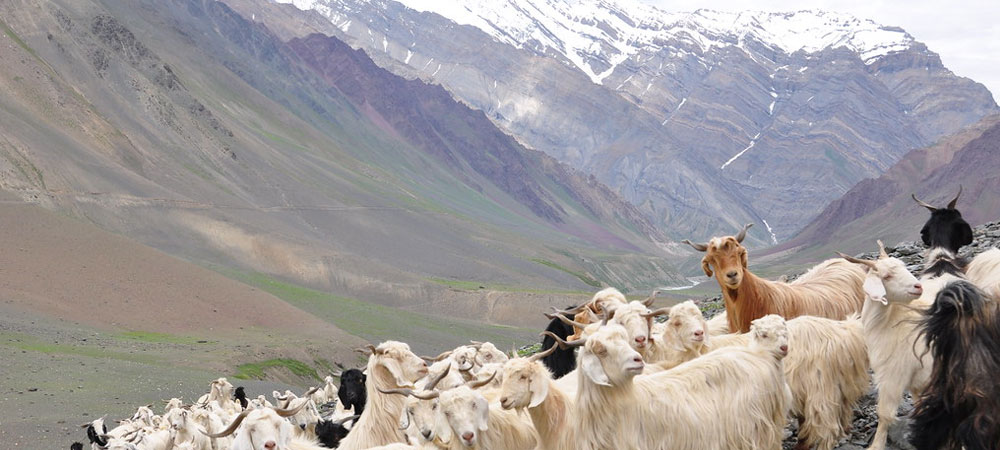
Processing cashmere fibres is also a complex process. The fibres must be harvested and then separated from the coarser fibres of the outer coat. This is normally done by hand and, even in an economy with cheap labour available, it adds up.
That combination of intense production needs and scarcity of good sources, means higher prices can be demanded for this specialist product.
Cashmere has been a special product for a long time. It was first produced and traded in the region of Kashmir (from which we get the name cashmere of course) as far back as the 1200s. Iranian and Indian emperors and rulers wore cashmere shawls for state events and religious rites, often giving them as symbols of authority bestowed upon an individual, thus honouring the one receiving the shawl, but making it clear that the giver of it was still the superior in the relationship.
It was a Scotsman, Joseph Dawson, who brought the material back to his factory in Scotland and began selling cashmere garments to upper-class British women who prized them for their softness, light weight and warmth, just as we prize them today.
Even within the category of ‘cashmere’ though, there are differing degrees of quality. The quality of the fabric is affected by the thickness of the fibres, the length of the fibres, and the quality of the weave. Thinner fibres are generally better (though so-called ‘baby cashmere’ is so thin it tends to break and pill a lot), as are longer ones. A denser weave is also considered better, especially if it is in two or more plies.
Sometimes silk or cotton is blended with the cashmere fibres to add to strength and decrease cost, but pure cashmere of similar quality will always be softer and warmer.
The most common source for cashmere raw materials is China, and the best manufacturers of high-quality cashmere garments are based in Europe.
You can learn more about what cashmere is here.
Basically, good quality cashmere costs more to make, and so it ends up being a higher initial price, but you will get many more benefits from investing in good quality cashmere, as it will feel and look nicer, and last a lot longer, making it a better investment over time.



